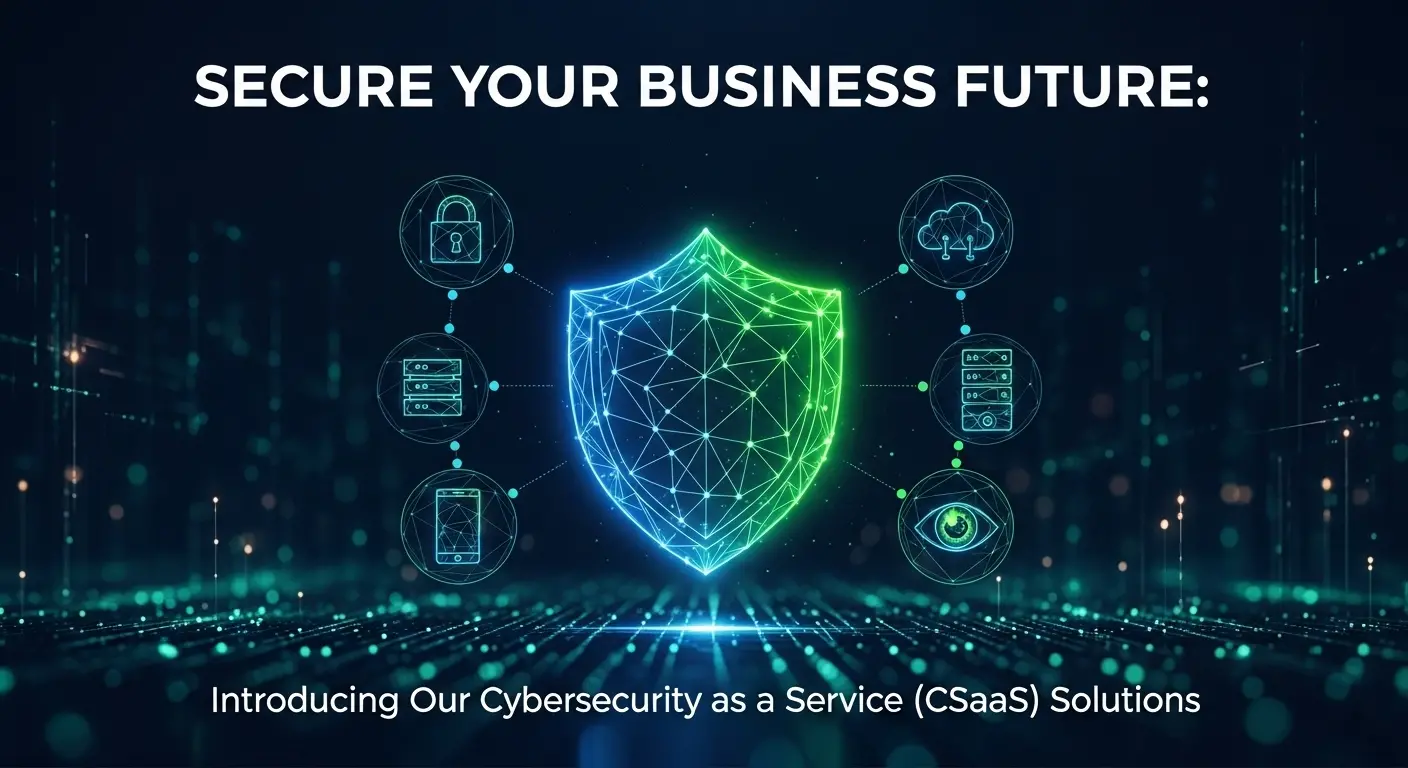We use cookies to personalise site content, social media features and to analyse our traffic. We also share information about your use of this site with our advertising and social media partners.
Posted by - snskies -
on - 11 hours ago -
Filed in - Technology -
AI-powered SecOps ZTNA snskies -
9 Views - 0 Comments - 0 Likes - 0 Reviews

In today's rapidly evolving digital landscape, cybersecurity has become a cornerstone of organizational resilience. As threats grow more sophisticated, traditional security models are giving way to innovative approaches that leverage artificial intelligence (AI) and zero-trust principles. This article explores AI-powered Security Operations (SecOps) and Zero Trust Network Access (ZTNA), highlighting how these technologies are transforming the way businesses protect their assets, detect threats, and ensure secure access in a perimeter-less world.
SecOps represents the convergence of security and IT operations teams, aiming to integrate security practices into the daily workflow of DevOps and IT management. The goal is to create a seamless, proactive defense mechanism rather than reactive firefighting. Traditional SecOps relies on human analysts monitoring logs, alerts, and incidents, but this approach often falls short due to the sheer volume of data and the speed of modern attacks.
Enter AI-powered SecOps. By incorporating machine learning algorithms, natural language processing, and predictive analytics, AI elevates SecOps to new heights. Here's how it works:
The result is a more efficient, scalable SecOps framework that adapts to emerging threats without constant human intervention. Organizations adopting AI-powered SecOps report faster incident resolution and lower operational costs, making it an essential evolution in cybersecurity.
ZTNA is a security framework built on the principle of "never trust, always verify." Unlike traditional VPNs that grant broad network access once a user is authenticated, ZTNA enforces granular controls based on identity, context, and risk assessment. It assumes that threats can originate from anywhere—inside or outside the network—and treats every access request as potentially malicious.
Key components of ZTNA include:
ZTNA is particularly vital in hybrid and remote work environments, where the dissolution of traditional perimeters has exposed organizations to increased risks. By shifting from castle-and-moat defenses to a more fluid, adaptive model, ZTNA provides robust protection against insider threats, ransomware, and supply chain attacks.
The true power emerges when AI-powered SecOps is integrated with ZTNA, creating a symbiotic ecosystem that enhances both efficiency and security. AI acts as the intelligent layer atop ZTNA's zero-trust foundation, enabling smarter decision-making and automated enforcement.
This integration is especially beneficial for cloud-native environments and IoT ecosystems, where the scale of devices and data flows demands automation. Companies leveraging this combined approach experience reduced false positives, faster threat hunting, and a more resilient security posture overall.
While promising, implementing AI-powered SecOps and ZTNA isn't without hurdles. Data privacy concerns arise from AI's reliance on vast datasets, and there's the risk of adversarial attacks where cybercriminals manipulate AI models. Additionally, integrating these technologies requires skilled personnel and cultural shifts within organizations.
Looking ahead, advancements in generative AI and edge computing will further refine these systems. We can expect more intuitive interfaces for SecOps teams and even more granular ZTNA controls powered by quantum-resistant algorithms. As cyber threats continue to evolve, the fusion of AI and zero-trust principles will be key to staying one step ahead.
In conclusion, AI-powered SecOps and ZTNA are not just buzzwords—they represent a paradigm shift in cybersecurity. By embracing these technologies, organizations can build defenses that are intelligent, adaptive, and unyielding, safeguarding their digital future in an increasingly hostile world.

“To assist disaster survivors by providing a source for them to come together in time of need, to aid in the listing of events, information and other forms of assistance, and continuing support through the recovery process.”
Share this page with your family and friends.